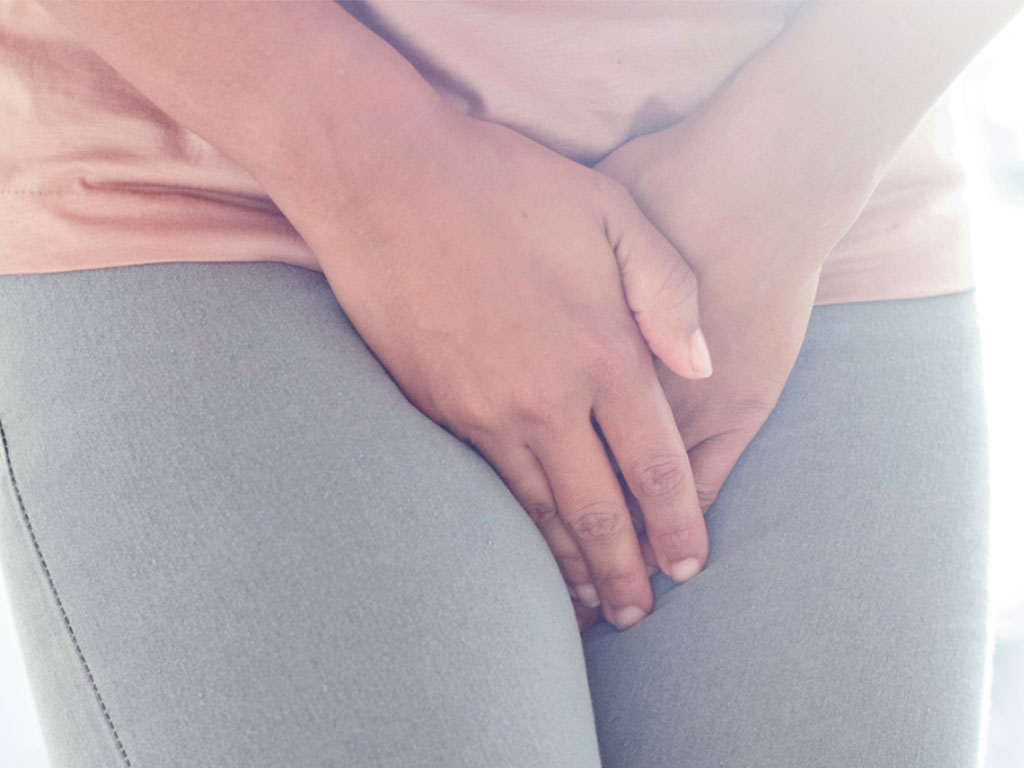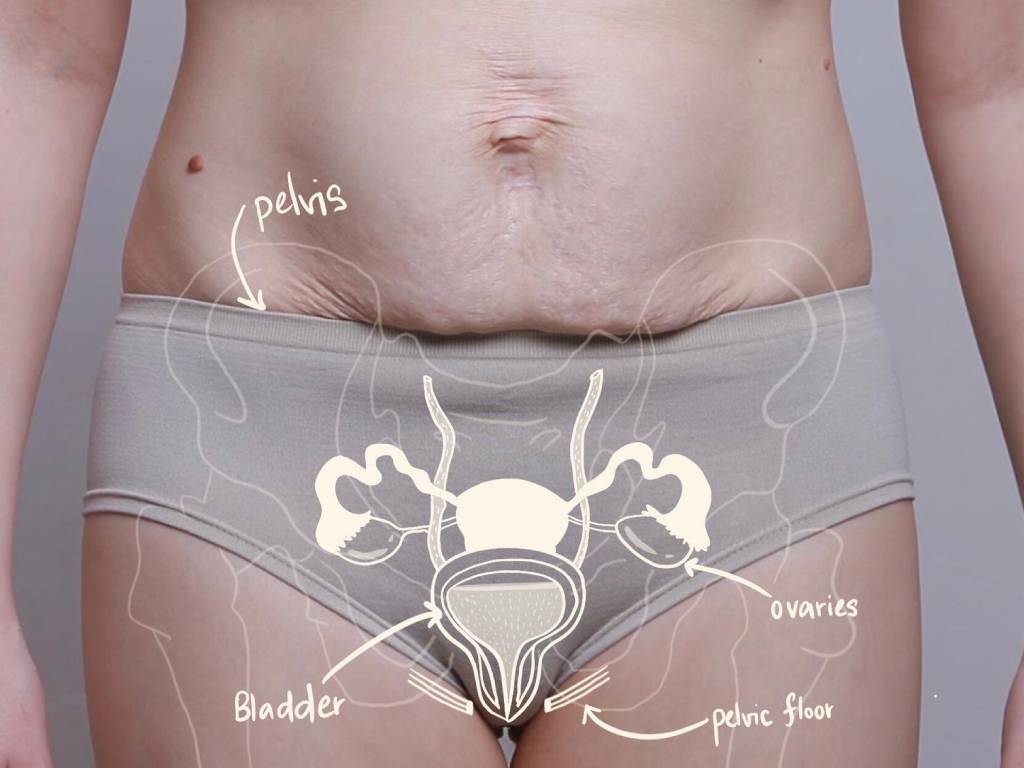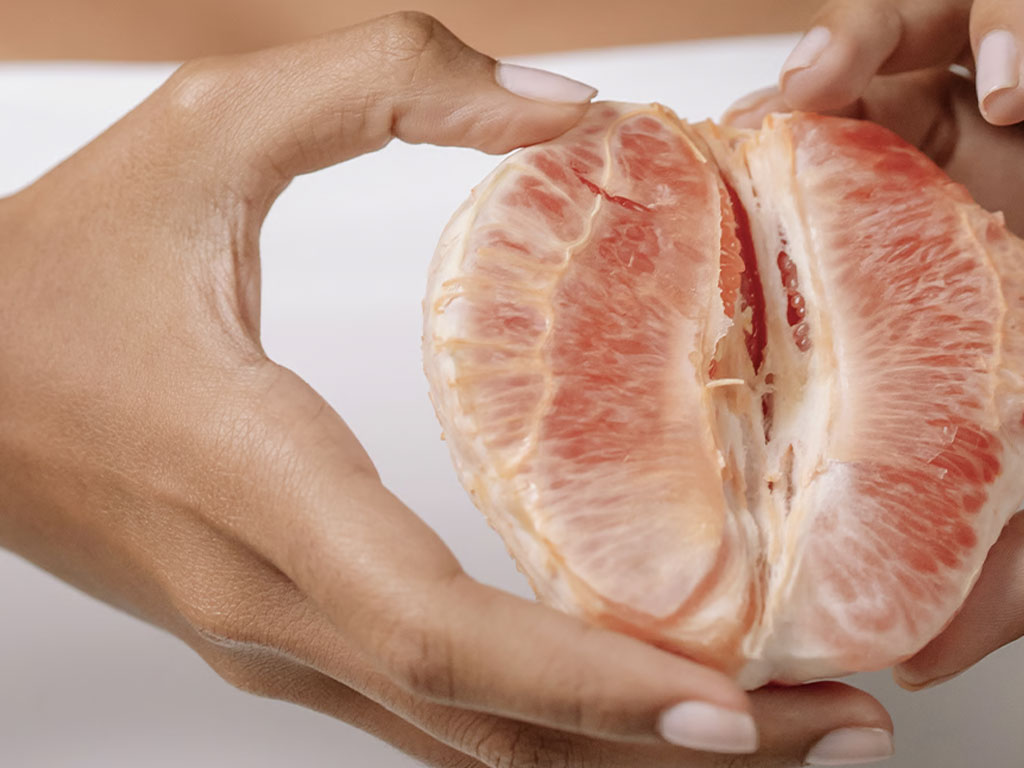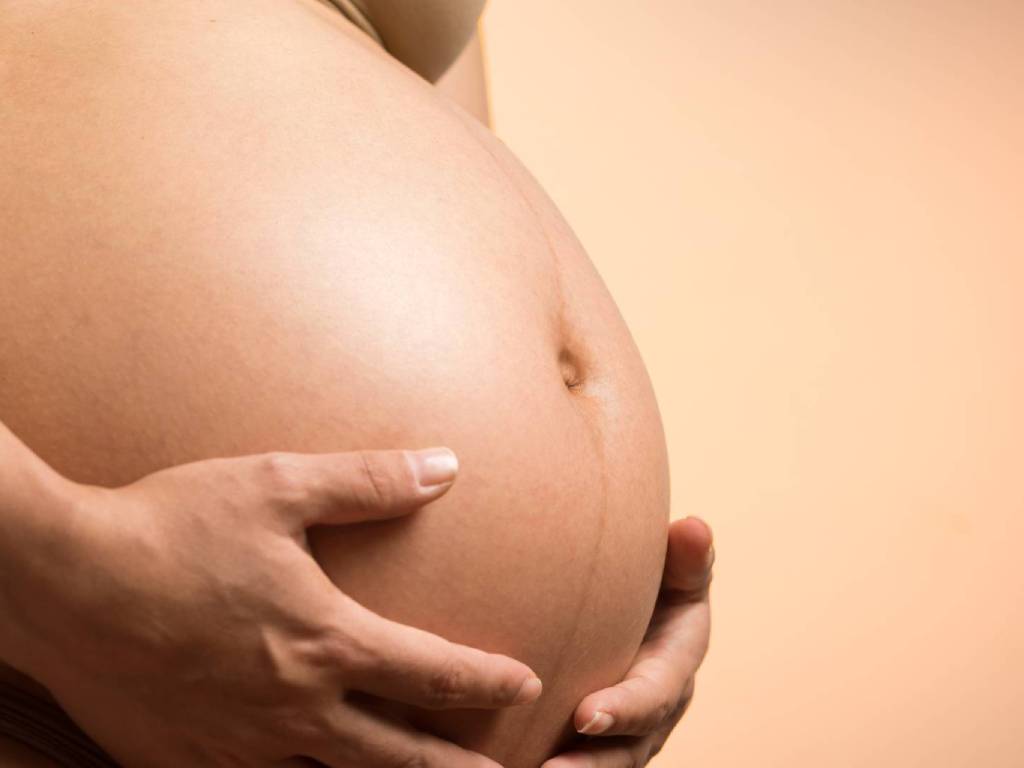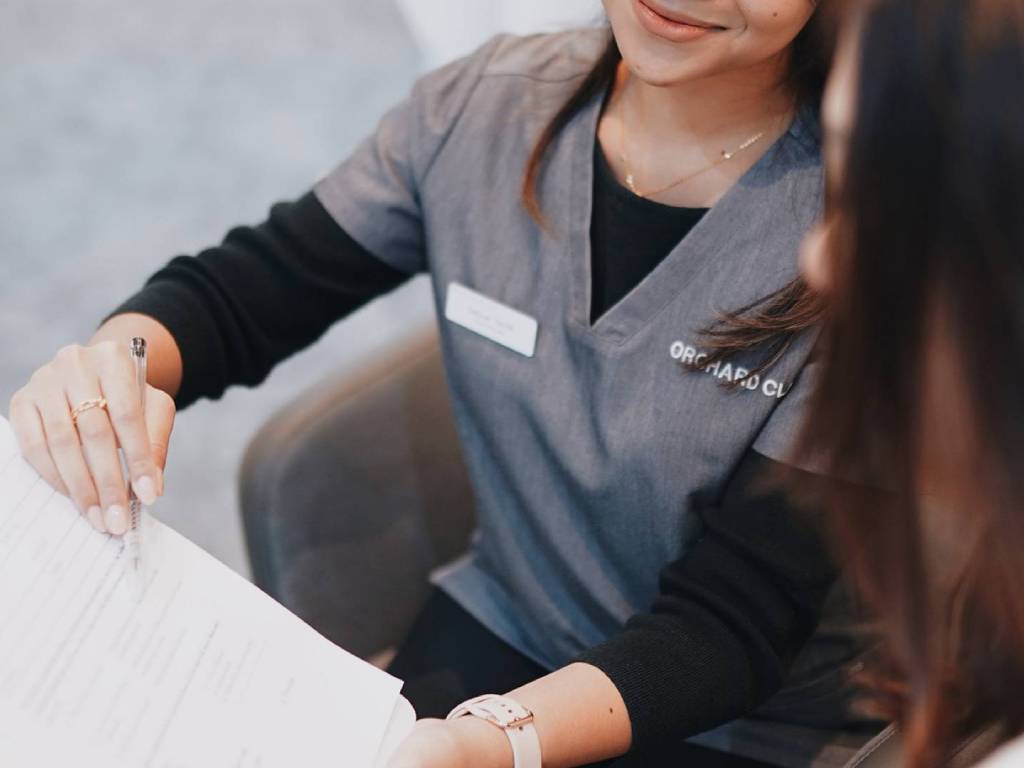Diastasis Recti Assessment & Recovery
100% improvement and 98% success rate
Diastasis Recti Overview
Symptoms
The most common symptom of Diastasis Recti is a visible pooch or bulge in your stomach, especially when you strain or contract your abdominal muscles. Additional symptoms include lower back pain and poor posture.
What causes Diastasis Recti?
Diastasis Recti is caused by the stretching of a connective collagen sheath with excessive inner-abdominal pressure. This most frequently occurs in pregnant or postpartum women.
During pregnancy, the growing uterus expands your abdominal muscles and connective tissues, further aided by the hormones relaxin and estrogen. Pushing during delivery can also lead to diastasis recti.
Risk Factors & Complications
The rectus abdominis is a key member of the abdominal muscle team. Having a diastasis can affect healthy bodily functions and risk conditions such as:
- Back pain, particularly in the lumbar region
- Decreased stability of the pelvis and trunk resulting in other conditions such as pelvic pain and poor posture
- Pelvic organ prolapse
- Urinary incontinence
- Hernia (Severe cases)
Prevention
The transverse abdominal muscle (TVA) is the deepest abdominal layer and can be imagined as the body’s internal corset.
Until their stretched soft tissues heal, avoid straining these abdominal muscles as it will continue to pull the muscles apart at the center. These include actions such as:
- Heavy lifting
- Constipation
- Oblique and straight crunches
- Sit ups
Treatment
The natural resolution for DRA is about the first eight weeks after childbirth. If symptoms persist, it is unlikely to self recover.
To treat DRA, the core must be retrained to their optimal lines of performance such that the body can regain its healthy coordination.
Our Orchard Clinic method has seen 100% improvement rate and 98% success rate in DRA recovery.
Self-check for Diastasis Recti
You can do a self-test to check if you have Diastasis Recti:
- Lie on your back with your knees bent and feet on the floor
- Bring your head up into a crunch-like position and press your fingertips down along the linea alba (connective tissue at the midline of the abdomen)
- Feel if there is a separation in your rectus abdominis muscles that is two or three finger wide, or more
Treatment for Diastasis Recti

For a complete treatment of Diastasis Recti, the following must be addressed:
- Muscle: Strengthening of the deep core muscles
- Linea Alba: Tissue regeneration of the connective tissue to close up the gap
- Skin: Remodelling of the collagen network to strengthen the skin layer
Strengthening the muscles without recovering the connective tissue (linea alba) and skin may worsen the separation.
Muscle Strengthening
The deep transverse abdominis muscles need to be strengthened to treat a Diastasis Recti. Our method employs HIFEM Technology to strengthen muscles without compromising on the integrity of the connective tissues that may occur with physical exercises.
Connective Tissue
The linea alba is a connective tissue band that holds and supports the abdominal muscles. In a Diastasis Recti, the linea alba is stretched, weakened and thin, causing poor support of the abominal muscles.
Shockwave Therapy is a non-invasive, fast and painless treatment that rejuvenates the skin and soft tissues to rejuvenate connective tissue, improve elasticity. This also helps to improve the appearance of cellulite, loose skin and stretch marks and body contouring.
Skin
Skin laxity or loose skin is common with a Diastasis Recti and is due to poor collagen network in the skin. Repairing the collagen network will help with linea alba recovery and visibly tighten the loose skin.
Our method provides a fast and non-invasive treatment to increase elastin and collagen in the treatment area. This is achieved by radiofrequency elevating the temperature to over 40°C in the target tissue.
Why Our Treatment Method Works

Customised treatment plan through our extensive experience & specialisation.

FDA approved devices with high intensity, non-surgical treatment. No downtime.

98% success rate with progress check and review every 4 sessions

Results-orientated with 100% improvement rate and 98% recovery rate.

A complete recovery of the muscles, connective tissue and skin for long lasting results.
Treatment Success
Our Orchard Clinic method has seen 100% improvement rate and 98% success rate in DRA recovery. Common effects of treatment include:
- Reduced separation of the abdominal muscles
- Improved core strength & posture
- Lesser lower back pain
- Reduced waist circumference
- Visibly more toned and sculpted
- Tighter abdominal muscles



Our Treatment Reviews
Recti Exercises
Our Team
FAQ
What should I expect during my visit at Orchard Clinic?
As a new client, you will receive a thorough evaluation and one-on-one discussion with your consultant. Your initial visit should take about 60 to 90 minutes for the admissions and evaluation process.
Follow-up visits are typically 30 to 120 minutes in length depending on your individual treatment plan. All treatments take place in a private room with a female consultant trained specifically in this field.
How soon after delivery can I start treatment?
For C-Section delivery:
- Pelvic floor treatment may commence 2-3 weeks postpartum
- Diastasis Recti treatment may commence 2-3 months postpartum
For vaginal delivery:
- Pelvic floor treatment may commence 2-3 months postpartum
- Diastasis Recti treatment may commence 2-3 weeks postpartum
Are treatments safe?
We use FDA approved technology for our treatments. There are certain contraindications such as metal implants and pacemakers, we recommend that you contact us to find out more.
How much is treatment?
For price enquiries, please click here.
How do I make a booking?
Please call us directly or email us at method@orchardclinic.com.
Alternatively, you may fill in the online booking form on our website and we will call you back to confirm your appointment shortly.
What should I wear for my appointment?
Please wear comfortable clothing that will enable movement, such as exercise tights or pants. Do note that all jewellery and metal objects will need to be removed before machine therapy.
Do I need a doctor’s referral?
Not at all. Simply call us at 6235 4560 to book an appointment. Alternatively, you can also email us at method@orchardclinic.com. But do wait for a confirmation reply before you head down to our clinic.
What mode of payment do you accept?
We accept Cash, NETS, Visa, Mastercard, AMEX, JCB and Union Pay.
DBS, POSB, UOB and OCBC credit card holders can enjoy 0% interest instalment for periods up to 6 or 12 months (not including DBS AMEX).

Book an Appointment

Orchard Clinic is a new treatment concept offering a unique method that provides high-quality conservative solutions for women’s body from pre & post pregnancy to pre & post menopause.
As a specialised treatment centre for women, we assess, prevent and treat common conditions such as incontinence, pelvic floor issues, abdominal separation (diastasis recti) and vaginal laxity.
Orchard
302 Orchard Road Tong Building
#06-03 Singapore 238862
| Mon, Wed, Fri, Sat | 9:00AM – 6:00PM |
| Tue & Thu | 9:00AM – 8:00PM |
| Sun & PH | Closed |
Parkway Parade
80 Marine Parade Road Parkway Parade Office Tower
#08-04 Singapore 449269
| Mon, Wed, Thu, Fri, Sat | 9:00AM – 6:00PM |
| Tue | 9:00AM – 8:00PM |
| Sun & PH | Closed |
Bukit Timah
1 Fifth Avenue, Guthrie House
#02-04, Singapore 268802
By Appointment Only
Copyright © 2024 Orchard Clinic. All Rights Reserved. Privacy Policy | Sitemap



